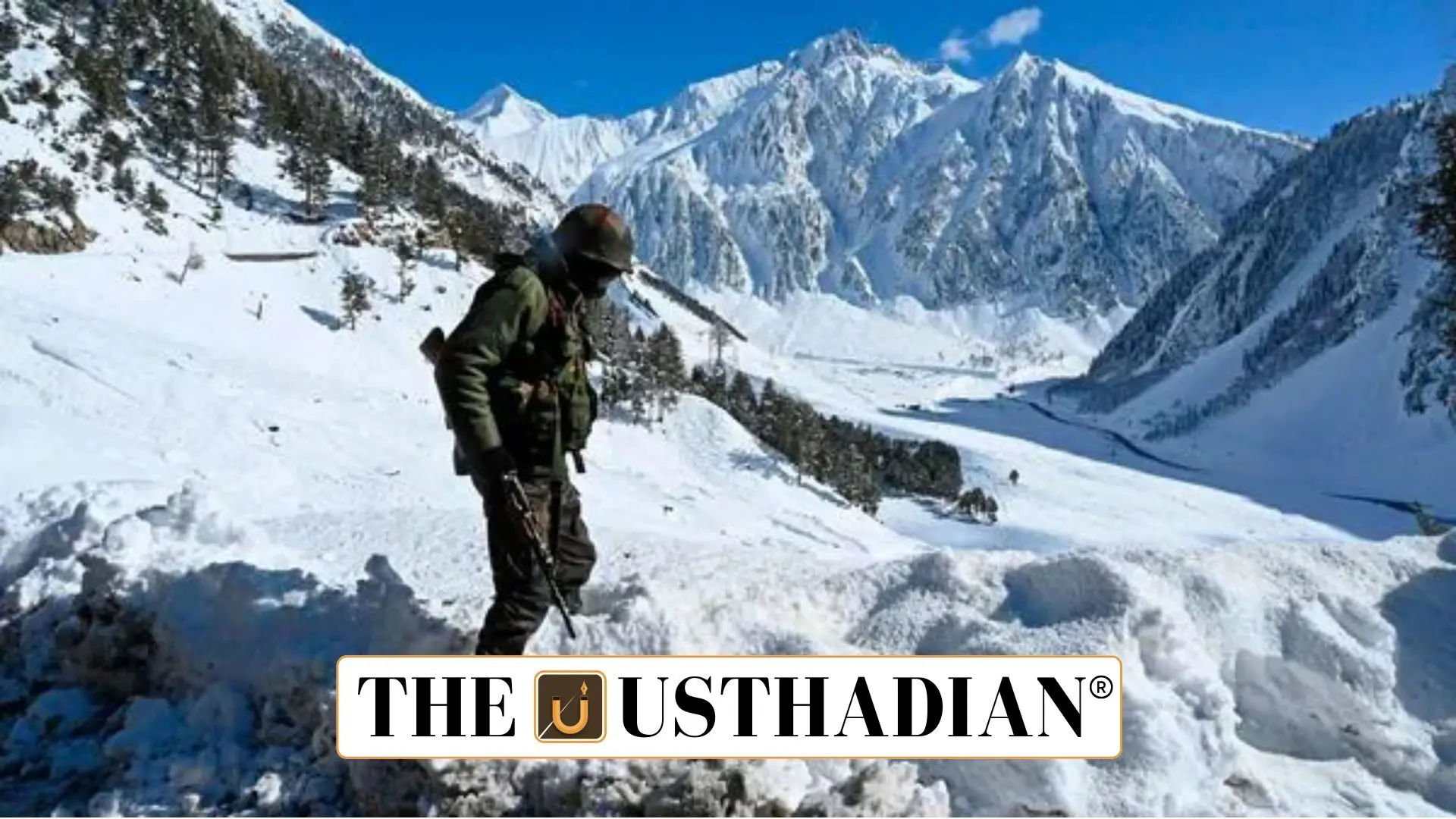DRDO Unveils Life-Saving Military Gear for Sub-Zero Operations
DRDO’s HIMKAVACH: India’s Armour Against the Himalayan Chill : In January 2025, the Defence Research and Development Organisation (DRDO) launched HIMKAVACH, a multi-layered clothing system designed specifically for Indian soldiers in extreme cold-weather zones like Siachen, Ladakh, and Arunachal Pradesh. Engineered to withstand temperatures between +20°C to -60°C, HIMKAVACH is a strategic innovation in India’s defence preparedness.
What Is HIMKAVACH?
HIMKAVACH (literally “Armour of the Himalayas”) is not just a jacket, but a modular cold-weather gear system tailored to meet the physiological and tactical needs of Indian soldiers in glacier warfare and high-altitude zones. It allows for:
- Layer-wise adaptability
- High breathability
- Moisture management
- Protection from snow, wind, and rain
Its smart design makes it lighter, warmer, and more mission-flexible than conventional imported alternatives.
Multi-Layer Design: Science on Every Stitch
The system includes:
- Inner Layer: Moisture-wicking to keep the body dry
- Mid Layer: Thermal insulation to trap body heat
- Outer Layer: Waterproof, windproof, and breathable—defending against icy winds and snowstorms
Soldiers can adjust the layers based on operational needs, maintaining both comfort and combat readiness.
Successfully Field-Tested by Indian Armed Forces
HIMKAVACH was tested under real-world combat simulations in high-altitude areas:
- Patrol missions
- Night surveillance
- Extended deployments
Soldiers reported better mobility, insulation, and comfort—key to alertness and operational success in freezing terrain.
Why HIMKAVACH Is a Strategic Asset
India’s borders with China and Pakistan pass through some of the world’s most hostile and glaciated zones. Troops stationed here:
- Face extreme risks of frostbite and hypothermia
- Operate in conditions where improper clothing can be fatal
HIMKAVACH significantly reduces dependence on foreign suppliers and ensures constant cold-weather readiness—a force multiplier for Indian defence.
STATIC GK SNAPSHOT FOR EXAMS
DRDO’s HIMKAVACH: India’s Armour Against the Himalayan Chill :
| Topic | Details |
| HIMKAVACH Full Form | “Himalayan Armour” – Cold-weather clothing system |
| Developed By | DRDO (Defence Research and Development Organisation) |
| Temperature Range | +20°C to -60°C |
| Key Areas Deployed | Siachen, Ladakh, Arunachal Pradesh |
| Features | Multi-layered, thermal, waterproof, breathable |
| Tested By | Indian Armed Forces |
| Objective | Replace foreign gear, ensure soldier safety |
| DRDO Headquarters | New Delhi |
| DRDO Founded | 1958 |








